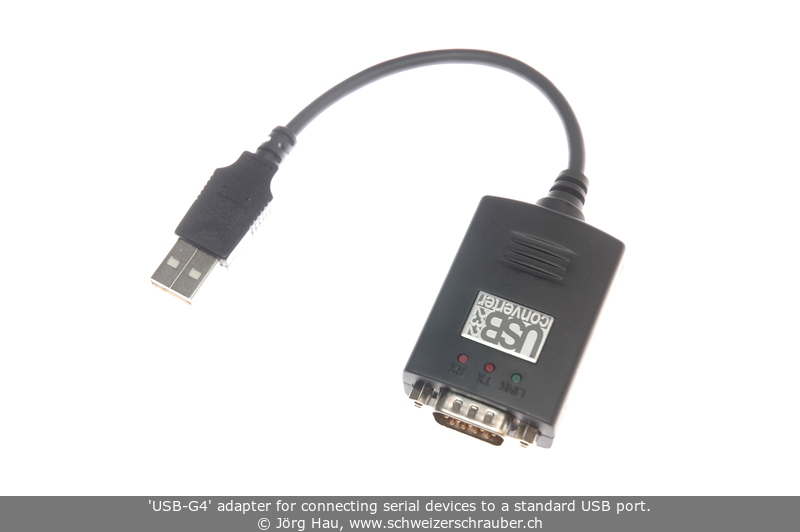PL-2303 Drivers. Generic Windows XP, Windows Vista, Windows 7, Windows 8, Server 2003 (2k3), Server 2008 (2k8) (R2) 32/64-bit drivers. Official Mac OS X Universal Binary Driver v1.4.0. OS X 10.6, 10.7, 10.8. Snow Leopard Mountain Lion. Official Prolific 2303 Universal Binary Driver v1.2.1r2.
OSX 10.1 and above (Power PC). OSX 10.4 and 10.5 (Universal).
Open Source 32 and 64 bit driver for Prolific 2303 (KEXT) for Mac OS X 10.6 (Snow Leopard) 10.7 (Lion) and maybe 10.8 (Snow Mountain Tiger Cat Lion). Open Source Prolific 2303 KEXT for Mac OS X Lion (alternate build). Open Source Prolific 2303 KEXT for Mac OS X 10.4 (Tiger) 10.5 (Leopard) 10.6 (Snow Leopard) 32 bit.

Mac's and serial TTY's Mac's are excellent tools for accessing serial device TTY ports (to console into PBX's, switches, and routers). You just need a serial to USB adapter, the right driver, and some Terminal.
You can use, although (or a ) offer more features and functionality. Drivers: Most Serial-to-USB adapters will work on a Mac with one of the following OS X drivers. UPDATE: Mavericks (10.9) includes a driver for FTDI-based Serial-to-USB adapters. Prolific PL2303: FTDI USB Serial: NOTE: It may be necessary to remove any previous driver before installing a newer one, eg: $ sudo rm -rf /System/Library/Extensions/ProlificUsbSerial.kext If your adapter doesn't work with either of these, try the following sources:.
CP210x USB to UART Bridge Virtual COM Port (VCP) drivers. USB Serial Adapters: F5U257, F5U103, F5U003 (poor OS X support). serial-USB adapter drivers can be found in their Support Section. After installing the correct driver, plug in your USB-Serial adapter, and open a Terminal session (Applications/Utilities). Enter the command ls /dev/cu., and look for something like usbserial (or similar): $ ls /dev/cu.
/dev/cu.Bluetooth-Modem /dev/cu.iPhone-WirelessiAP /dev/cu.Bluetooth-PDA-Sync /dev/cu.usbserial This indicates the USB-Serial driver is working. Select this port name in a terminal program. Note: Check your adapter works after an OS Update, as you may have to re-install the driver. You might notice that each serial device shows up twice in /dev, once as a tty. and once as a cu.
So, what's the difference? Well, TTY devices are for calling into UNIX systems, whereas CU (Call-Up) devices are for calling out from them (eg, modems). We want to call-out from our Mac, so /dev/cu. is the correct device to use. The technical difference is that /dev/tty. devices will wait (or listen) for DCD (data-carrier-detect), eg, someone calling in, before responding. /dev/cu.
Belkin Usb To Rs232 Adapter Driver For Mac Pro
devices do not assert DCD, so they will always connect (respond or succeed) immediately. Software: Having installed the right driver, our USB-Serial adapter will show up in /dev/cu. (shown above). We now need to install some terminal emulation software before we can connect to anything.
Two terminal methods are and. For a GUI solution, see Note: If you can't find a driver for your adapter (eg, Belkin), try which has built-in support for many USB-Serial devices.
Screen It's not actually necessary to download an install extra software, as you can use the Mac OS X built in Terminal and screen. Screen lacks some features, but it does include VT100/ANSI terminal emulation, and can be extremely useful. Open an OS X terminal session (window). Find the right TTY device. Type: ls /dev/cu.
With the USB-Serial adapter plugged in, you'll get a list, including something like this: $ ls /dev/cu. /dev/cu.Bluetooth-Modem /dev/cu.iPhone-WirelessiAP /dev/cu.Bluetooth-PDA-Sync /dev/cu.usbserial. Then type: screen /dev/cu.usbserial 9600 (in this example). The 9600 at the end is the baud rate. You can use any standard rate, eg, 9600, or 19200 for a Sig Server!. To quit the screen app, type CTRL-A, then CTRL-. Type man screen in Terminal for further information on screen.
(use 'enter' or 'space' to scroll, and 'q' to quit). Minicom Alternatively, if you'd like a few more features, and a retro feel, you can install. Minicom supports VT100 emulation, which means it sorta kinda works with Meridian Mail (Function keys: fn + f-key). Download and run the package installer. Then manually edit your $PATH with sudo nano /private/etc/paths.
Add the following line to the bottom of the file: /opt/minicom/2.2/bin, save and exit - then relaunch the terminal. Run minicom -s first to configure your serial interface device name, and other options. Then, Save setup as dfl (default) and Exit.
Your serial interface device name is found with ls /dev/cu. (as shown above). Always launch minicom, with your selected serial adapter plugged in and available to avoid an error. In the example below, the serial device is /dev/cu.usbserial. Command Summary In minicom, commands can be called by CTRL-A, for example, change your serial port settings with CTRL-A P Press CTRL-A Z for a Command Summary, and help on special keys. Enter CTRL-A X to quit. On sale etc hot usb noise canceling mic for mac.
HINT: Change your OS X terminal window size to 80x25 (1 line more) so you can see the bottom Minicom status bar. (Terminal Preferences ► Settings ► Window).
Open a new window for this change to take effect. Note, the minicom installer creates /opt, and its not hidden in the OS X finder. Rectify this with: sudo chflags hidden /opt Connecting With handshaking set to software ( xon/xoff) or none, which covers most devices, serial data communication needs just 3 wires: RXD (2), TXD (3), and GND (5). Generally, hitting should cause a response, or should 're-draw' the screen. If you don't get any characters, try adding a Null-Modem cable or adapter, which swaps RXD and TXD (pins 2 and 3). Signal ground is Pin 5 in a DB-9, or Pin 7 in a DB-25. Pin Functions for RS-232 Data TXD (3) Serial Data Output RXD (2) Serial Data Input GND (5) Signal Ground Other RI (9) Ring Indicator Handshake RTS (7) Request to Send CTS (8) Clear to Send DSR (6) Data Set Ready DCD (1) Data Carrier Detect DTR (4) Data Terminal Ready DB-9 Male Front (pin) view.